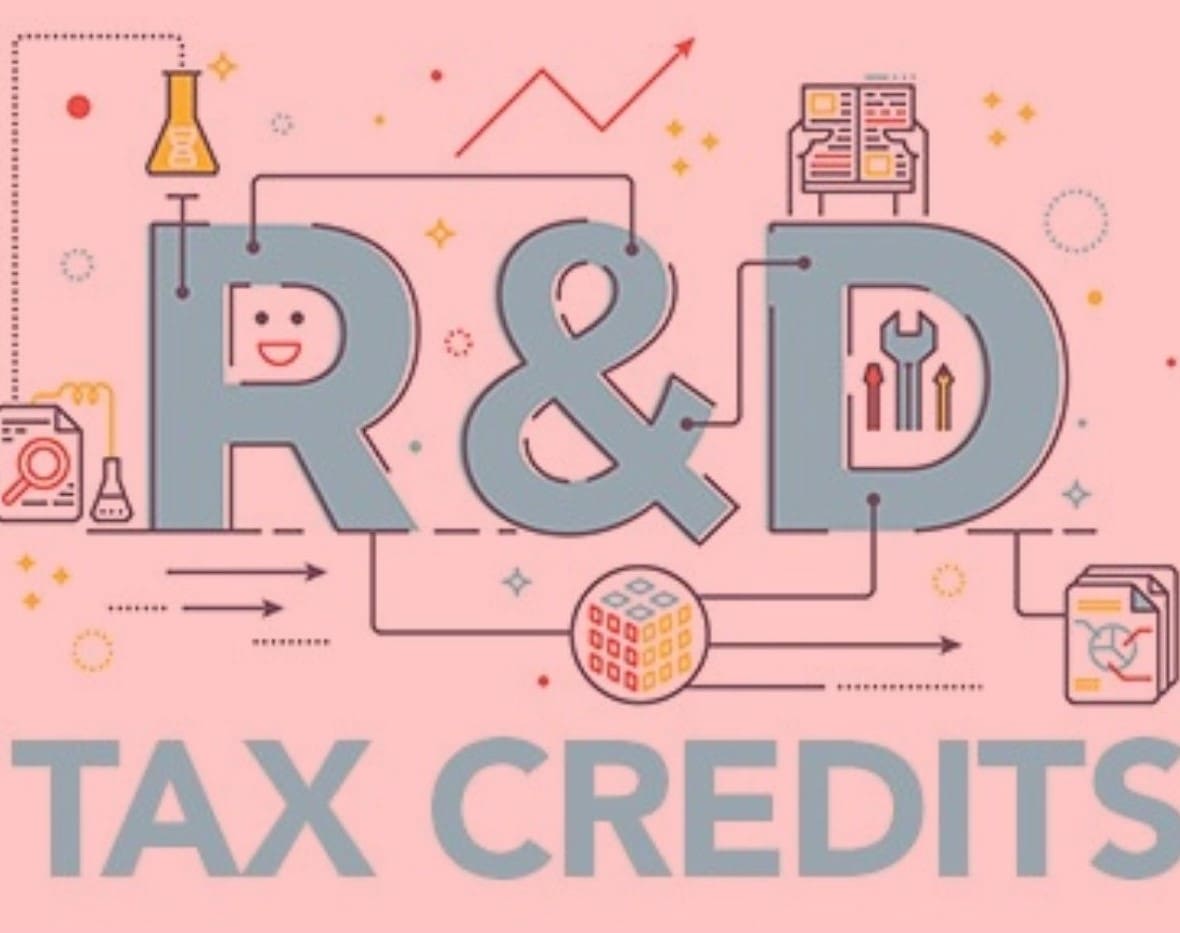I work with many companies reducing their corporation tax liabilities through claiming Research and Development (R&D) tax credits, which many business owners either aren’t aware of or don’t claim everything they’ve spent. Please feel free to click here to arrange an initial call with my colleague, Mike Black – Head of Professional Services, to see how we could help you.
Research and Development (R&D) tax credits help UK Companies reduce their corporation tax liability. It is the number one incentive in the UK which helps many companies save millions in corporate tax.
SMEs are able to claim up to 33p for every £1 spent on qualifying expenditure. It’s a valuable source of cash for many businesses.
Any UK Company that spends money developing new or existing products, processes, or services, and can claim R&D tax credits whether a project was successful or not. The R&D criteria is broad.
For a project to qualify as R&D, there must be an advance that has been achieved.
Most people we speak to assume that R&D can only be claimed within the science or technology industry, however, we have completed many claims within a wide range of sectors including property, manufacturing, and sports related entities.
To benefit from the R&D tax incentive, you must:
- Be a UK Limited company that is subject to corporation tax;
- The entity must have qualifying R&D activities; and
- The UK entity must have spent money on the R&D activities
The R&D tax credit can be claimed via a cash payment or a reduction in corporation tax. It can also be claimed retrospectively for the previous two accounting periods.
Case Study
A UK entity carrying out qualifying R&D activities has R&D costs of £50,000.
What are qualifying costs?
R&D tax credits are claimed on revenue expenditure only – i.e., profit and loss account items (day to day costs).
This includes the following costs:
- Staffing costs – including gross salaries, pension costs and employers / employees NI. Note this does not include dividends.
- Subcontracted R&D costs (limited to 65% of the cost)
- Consumables
- Software
Qualifying costs are then enhanced by 130% which in this example gives an enhancement of £65,000.
The corporation tax saving is calculated at £12,350 (£65,000 x 19%).
If you are interested in finding out more, or want to understand how we help our clients with their Accounting requirements, click here to arrange an initial call with my colleague, Mike Black – Head of Professional Services, to see how we could help you. Alternatively, please watch a recent webinar I ran on R&D for further information.








